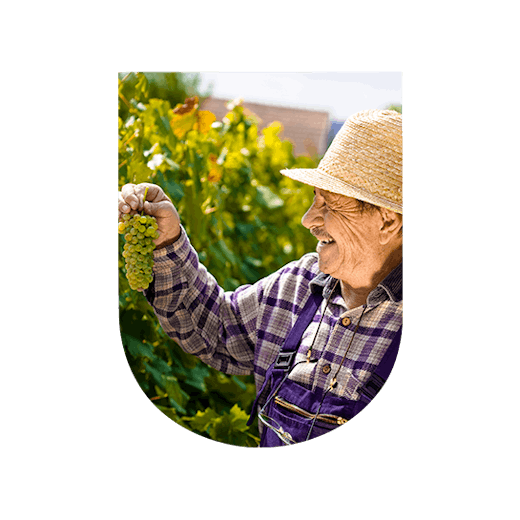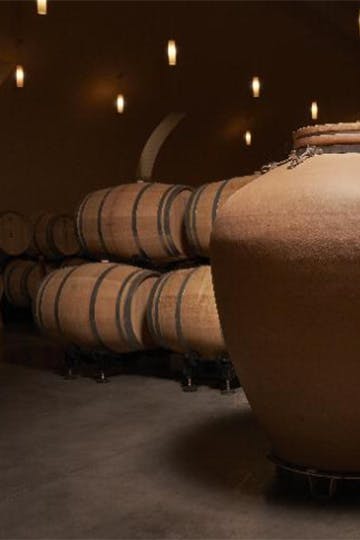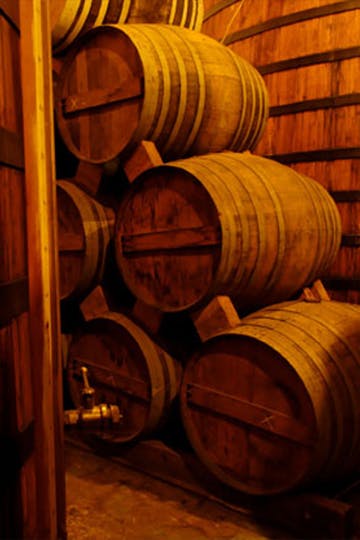- Wine world
Vinification: from grape to wine
- Wed, Apr 17, 2024 at 10:00
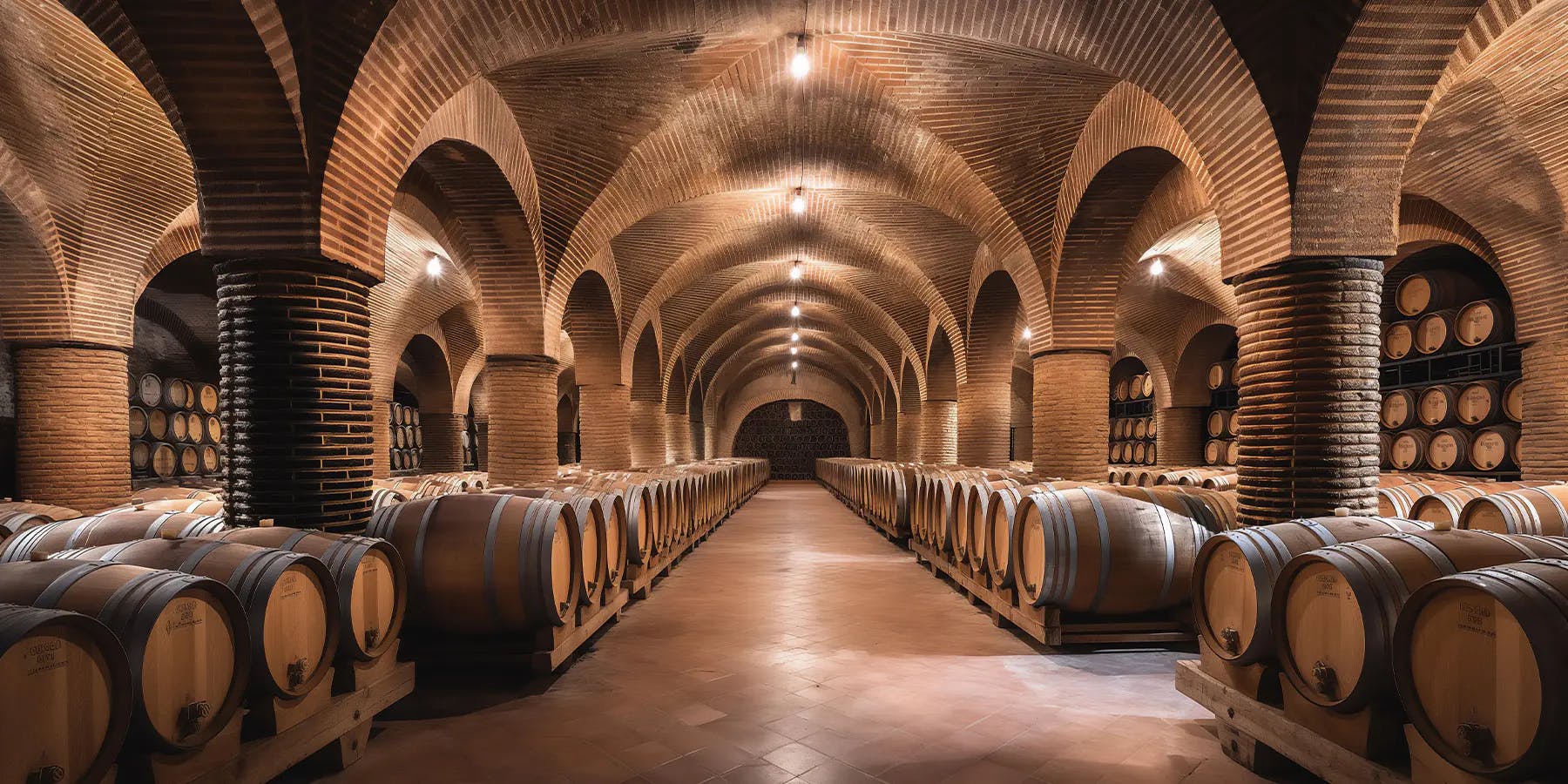
What is winemaking?
Vinification is the process of transforming grape must into wine. It involves a series of technical operations to extract the aromatic compounds, sugars and tannins from the grapes to obtain a finished product: wine. This process can vary depending on the type of wine you want to produce, whether red, white, rosé, sparkling or sweet. It should be noted that there are many variations and specific techniques that can be used depending on regional traditions and producers' preferences. Winemaking is therefore both an art and a science, with each stage influencing the final character of the wine produced.
The main stages in the winemaking process
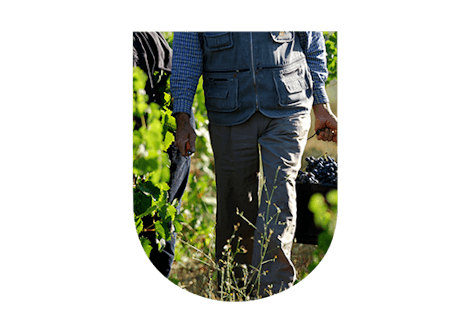
The harvest
The grapes are picked by hand or by machine. This is when the bunches are harvested in the vineyards.

Destemming and pressing
The grapes are separated from their stalks (destemming) and pressed to extract the juice (must). The must is what will become the wine.

Alcoholic fermentation
This is the stage when the sugar present in the must is transformed into alcohol and carbon dioxide by the yeasts present naturally on the grape skins or added deliberately. Fermentation can take place in stainless steel vats, oak barrels or other containers, depending on the winemaker's choices and the style of wine required.
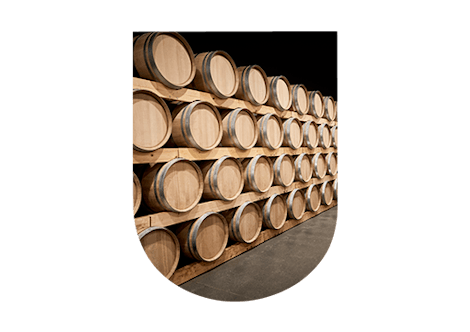
Wine breeding
After fermentation, the wine can be placed in vats or barrels to age and develop its aromatic complexity and texture on the palate. This stage can last from a few months to several years.
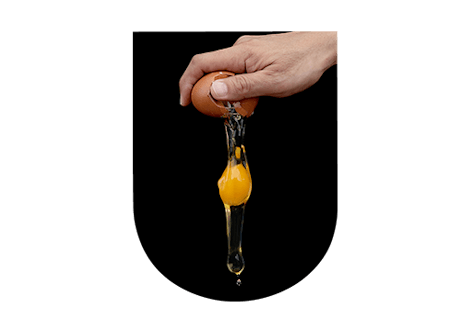
Wine egg fining
In Bordeaux, this stage consists of removing the finest particles suspended in the wine. The winemaker adds a fining agent, egg white, so that the particles clump together and can be removed more easily. For the record, the making of Bordeaux Cannelé is closely associated with the use of egg white for fining. In fact, all the egg yolks recovered during this stage were used to create this emblematic pastry of Bordeaux cuisine!

Wine clarification and stabilisation
The wine can be clarified to remove suspended particles and stabilised to prevent the formation of undesirable deposits in the bottle. This can be done by decantation or filtration.
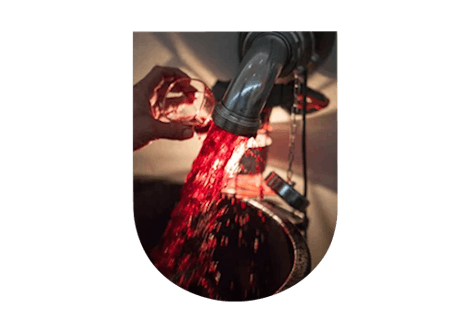
The filling process
Some estates use the racking method to separate the wine from its lees (dead yeast from fermentation). This is a process of transferring wine from one barrel to another, which involves first removing the corks and then opening the bung holes slightly to allow air to enter. The wine then flows slowly into a container, then into another barrel, before the first barrel is completely emptied. The wine is checked for clarity by candlelight.
In Bordeaux, it was customary to rack the wine three times. This practice has now been abandoned, as the aim is to serve the wine by clarifying it, not to take away its qualities. The number of rackings should be adapted according to the vintage and the characteristics of the wine, particularly its level of tannin.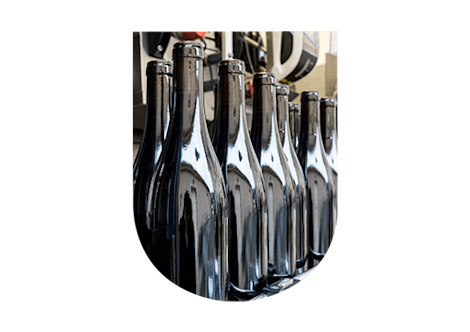
Bottling
Once the wine is ready, it is bottled and sealed with a cork, screw cap or other type of closure.
Traditional winemaking techniques
The Champagne method
Emblematic of the Champagne region, this method is used to produce world-renowned sparkling wines. After the first fermentation in vats, the wine is bottled with a liqueur de tirage (a mixture of sugar and yeast) for a second fermentation. The bottles are then placed on laths, stirred regularly to move the lees to the neck, then disgorged and corked.
Bordeaux winemaking
In the heart of the Bordeaux vineyards, the vinification of Bordeaux wines follows age-old traditions to produce exceptional red, white and sweet wines. For red wines, the grapes are destemmed and fermented in vats, then matured in oak barrels to develop their structure and complexity. White wines, on the other hand, are made from grapes that are gently pressed and fermented in vats or barrels, giving them subtle aromas and incomparable freshness. Sweet wines, such as the famous Sauternes, are often made from late-harvested grapes, where noble rot adds a unique richness and sweetness.
The Beaujolais method
Originating in the Beaujolais region, the carbonic maceration method is used to produce light, fruity red wines. Whole bunches of grapes are placed in a hermetically sealed vat, saturated with carbon dioxide. Fermentation begins inside each berry, helping to extract the fruity, tannin-free aromas.
Burgundy winemaking
Burgundy, the birthplace of great red and white wines, uses a winemaking method steeped in tradition to create refined, elegant wines. The red grapes are destemmed and pressed, then fermented in vats before being matured in oak barrels, giving the wines their silky character and complex aromatic palette. For white wines, gentle pressing produces a delicate juice, which is then fermented in vats or barrels to reveal all its finesse and freshness.
Innovative winemaking techniques
Amphora vinification
Inspired by methods used in ancient times, this technique involves fermenting and ageing the wine in clay amphorae. The amphorae allow subtle micro-oxygenation and gentle maturation, resulting in wines with a distinct aromatic complexity.
Vinification in concrete eggs
This increasingly popular method uses concrete eggs to ferment and mature the wine. The eggs provide uniform micro-oxygenation and thermal stability, preserving the wine's fresh aromas and texture.
Vinification in oak barrels
Although old, this method is still widely used to mature wines in oak barrels. Barrels add aromas of vanilla, caramel and spice to the wine, as well as tannic structure and aromatic complexity.
What an art!
From ancestral cellars in France to experimental wineries around the world, winemaking is an art in constant evolution. Winemakers continue to explore new techniques to capture the essence of terroir and create unique, memorable wines. Whether using traditional methods or modern innovations, the aim remains the same: to produce wines that tell a story and delight the taste buds.
